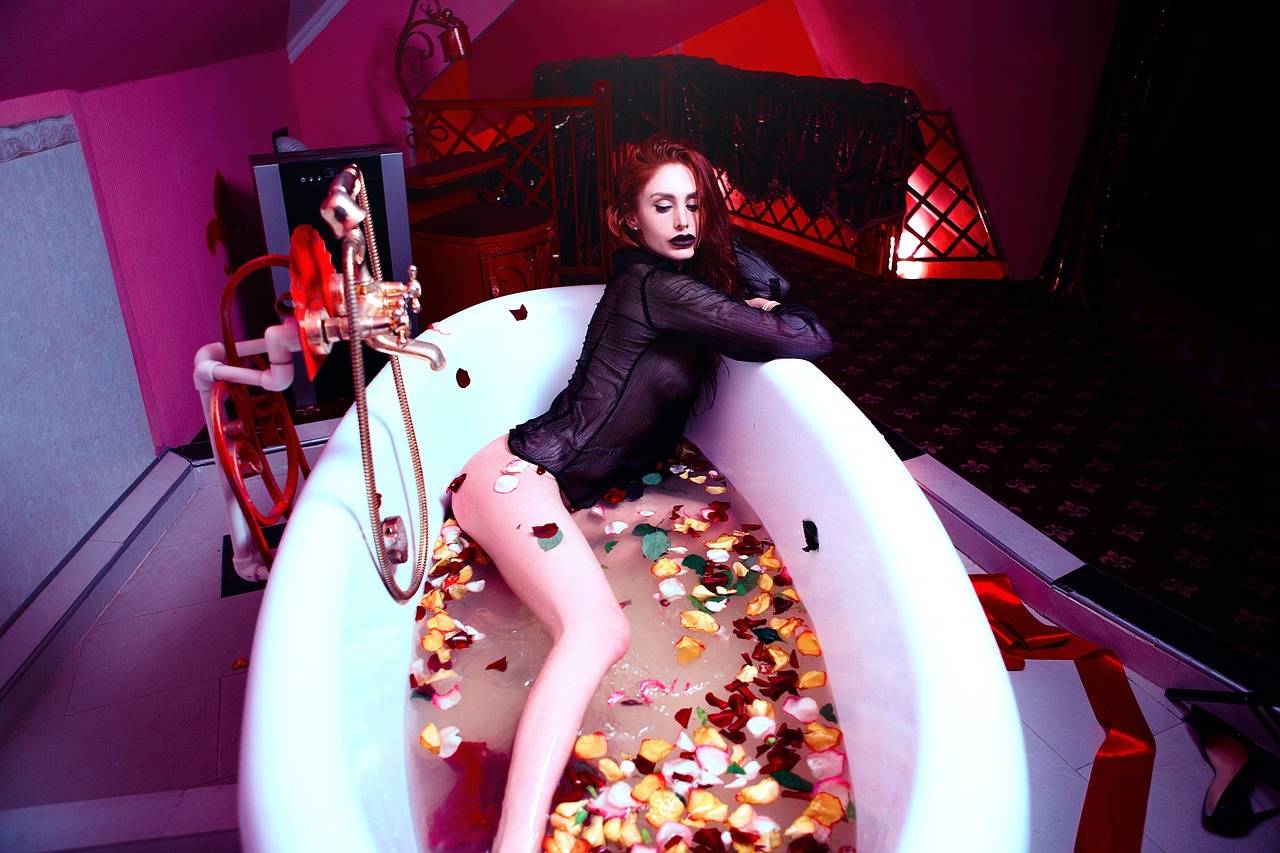The Psychology of Shopping: How Emotions Influence Fashion Choices
Marketing strategies play a crucial role in shaping consumer emotions when making purchasing decisions. Through the use of emotional branding and persuasive messaging, marketers are able to evoke specific feelings in consumers that influence their buying behavior. By tapping into emotions such as excitement, nostalgia, or security, brands can create a strong connection with their target audience and drive them towards making a purchase.
Furthermore, the visual elements and storytelling techniques used in marketing campaigns can also have a significant impact on consumer emotions. The use of compelling imagery, colors, and narratives can evoke certain feelings and associations that resonate with consumers on a subconscious level. This emotional connection can not only influence a consumer’s perception of a brand but also create a sense of loyalty and attachment that drives repeat purchases.
Cognitive Biases and Their Role in Fashion Purchases
Cognitive biases play a significant role in shaping consumers’ fashion purchase decisions. These biases are systematic patterns of deviation from rationality, leading individuals to make decisions based on subjective factors rather than objective reality. In the context of fashion purchases, cognitive biases can influence how consumers perceive value, quality, and desirability of products.
One common cognitive bias seen in fashion purchases is the anchoring effect, where individuals rely heavily on the first piece of information they receive when making decisions. This can lead to consumers placing disproportionate importance on initial price points or brand perceptions, influencing their overall purchasing behavior. Additionally, confirmation bias can also impact fashion purchases as individuals tend to seek out information that confirms their preexisting beliefs or preferences, potentially leading to biased decision-making in the fashion market.
What are cognitive biases?
Cognitive biases are systematic patterns of deviation from rationality in judgment, where individuals create their own “subjective social reality” from their perception of the input.
How do cognitive biases influence fashion purchases?
Cognitive biases can impact fashion purchases by influencing how consumers perceive and interpret information, leading to irrational decision-making and purchasing behaviors.
Can marketing strategies play a role in exploiting cognitive biases?
Yes, marketing strategies can be designed to target and exploit cognitive biases in consumers, influencing their emotions and decision-making processes when making fashion purchases.
How can consumers become aware of and overcome cognitive biases in fashion purchases?
Consumers can become more aware of their cognitive biases by educating themselves on common biases and learning to recognize when they may be influencing their decision-making. Being mindful and using logic and reason can help consumers overcome cognitive biases in fashion purchases.





